Salmon industry turns to plant based proteins
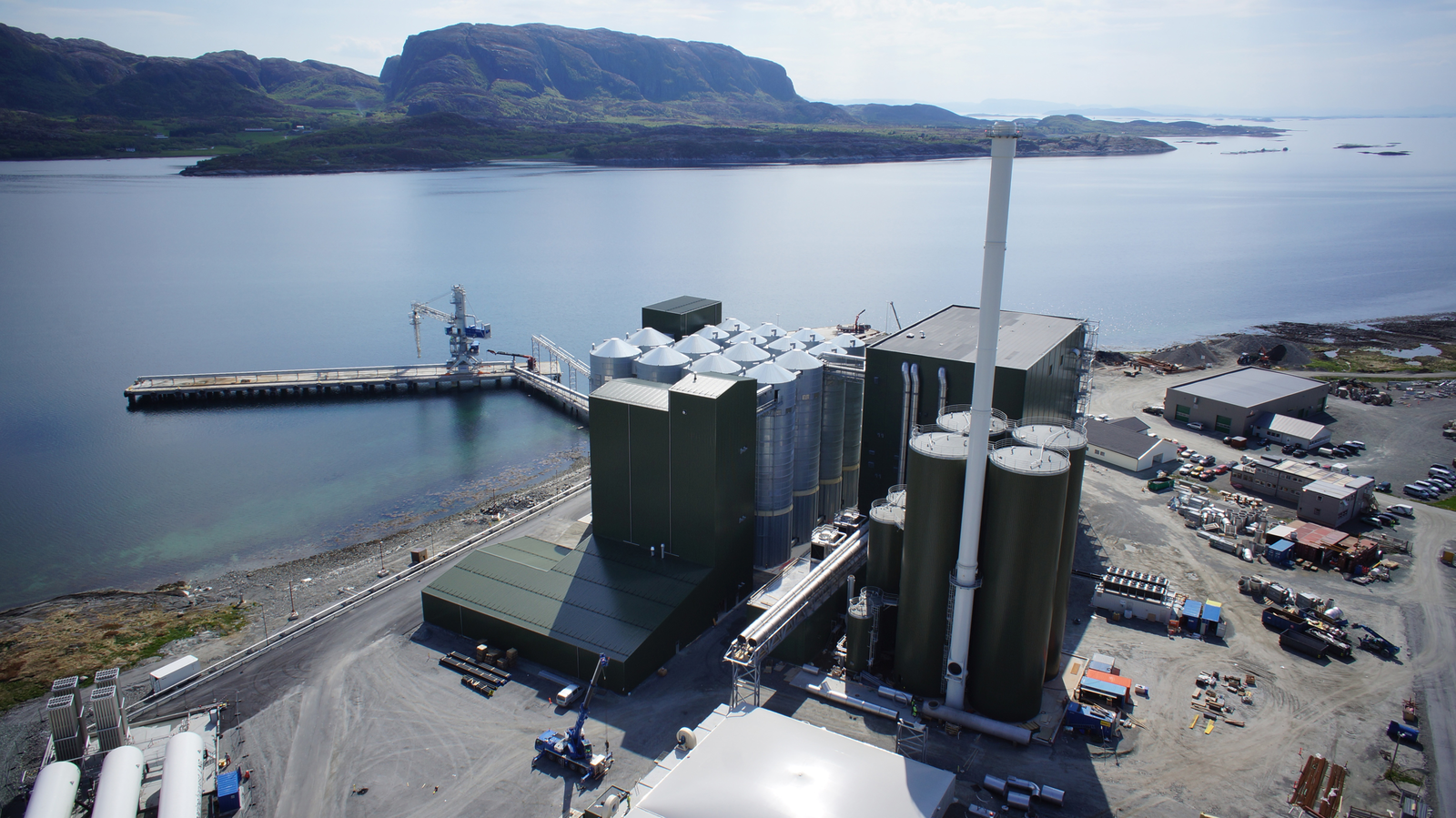
Can plant-based proteins such as corn and soya be used as a more sustainable alternative to fishmeal and fish oil in feed? The world’s largest salmon farmer Marine Harvest is doing just that with the help of Bühler extrusion technology to achieve it.
Rich in valuable protein, minerals, vitamins, anti-oxidants and omega-3 fatty acids, salmon is a healthy choice – not to mention a delicious one. Whether it is served up sushi style, pan-fried, poached or smoked, this popular predatory fish is a common sight on our plates, with around 2 million tonnes of the Atlantic variety consumed every year. Nowadays, almost every single one comes from fish farms that use a technique known as aquaculture. The Norwegian company, Marine Harvest, boasting a market share of 23%, is the world’s largest salmon producer. “Our farms can mainly be found in Norway, Scotland, Ireland, Canada, the Faroe Islands, and Chile,” says Ben Hadfield, Chief Operating Officer of Fish Feed at Marine Harvest. It is Norway’s fjords that provide the very best conditions for the company’s business, with 60% of its total annual production level of more than 300,000 tonnes coming from this part of Scandinavia. To ensure its product maintains an outstanding level of quality, Marine Harvest monitors the entire value chain – from breeding stocks right down to the packaged salmon that is ready to be turned into dinner. The fish go through a cycle lasting up to 2.5 years, with the yolk sac larvae and hatchlings being reared in fresh water. Once the young salmon are a little over a year old and weigh between 60 and 100 g, they are transferred to large marine enclosures following a natural process known as smoltification. They remain there for a further 18 months or so until they reach a weight of approximately 5 kg. Marine Harvest also runs its own dedicated facilities for processing salmon and supplies its products to over 150 countries in the form of fillets or pre-packed meals.
The biggest cost factor: Feed
“Like any aquaculture business, most of our expenditure is on feed,” states Hadfield. In fact, feed costs account for roughly 50% of the total costs associated with a fish farm. The quantities required are huge: Marine Harvest needs 600,000 tonnes of feed per year, 350,000 of which is supplied entirely to its farms in Norway. “We wanted to become more flexible and gain greater control over both the quality of the ingredients in the feed and our costs, so we decided to set up our own feed factory in Norway,” Hadfield explains. The New Greenfield Salmon Feed Factory in Valsneset was completed in June 2014, a month ahead of schedule. With two production lines, it manufactures 23 tonnes of high-quality fish feed every hour – equal to an annual capacity of 300,000 tonnes. The factory has a newly built and dedicated port facility. All the farms it supplies can be reached by ship. And because it is situated right at the heart of a wind farm, it is also guaranteed a supply of renewable energy.
Just like any livestock, farmed fish need highly concentrated feed that will allow them to absorb enough nutritional elements over their growing period of just under 2.5 years. Salmon diets are high in protein and also high in healthy fats. Manufacturing the type of feed known as aquafeed involves first grinding the ingredients, then mixing them, cooking them in an extruder, shaping them into pellets, drying them and then adding a blend of fish oil and rapeseed oil – a sequence that poses a variety of challenges. Not only must the size and composition of the pellets be exactly right for the variety of fish being fed, the cubes of feed also require a certain bulk density that will allow them to sink in the water. Salmon feed, for example, needs to sink slowly so that the fish can identify it and consume it before any pellets escape from the salmon pens the fish are reared in.
Plant protein a substitute for fish meal
The most significant challenge facing feed production today, however, lies in the fundamental changes that ingredients are undergoing. Traditionally, the protein in salmon feed has come from animal sources such as fishmeal and fish oil – both ideally suited to the needs of salmon and easy to convert into protein in the body. The fact that they are produced from wild-caught fish, however, makes them finite natural resources. Feeding wild fish to farmed fish is justifiably one of the biggest criticisms levelled at aquaculture and is a dubious practice from a sustainability perspective.
Marine Harvest points out that its fishmeal and fish oil come from well-managed and certified sustainable fisheries. Nevertheless, the company is trying to reduce the amount of marine resources it uses. With this in mind, the salmon industry is increasingly turning to plant proteins based on soya, wheat and corn, peas and bean concentrates in order to maintain sustainable production levels over the long term.
“Salmon feed used to contain as much as 60% fishmeal, but now that’s dropped to around 10%,” states Hadfield. But using plant-based proteins and plant oils has a profound impact on the manufacturing process, one effect being that pellets containing a high level of plant protein have to be extruded using a different process in order to obtain an end product with the desired properties. Another challenge lies in the high oil content of salmon feed and the fact that the pellets need a specific pore structure as a result: The interstitia pore space in a pellet has to be just right or the pellet will not hold the oil.
Unprecedented process monitoring
To manufacture its feed, Marine Harvest employs Bühler extrusion technology in the form of an ECOtwin extrusion system that makes it possible to control and monitor the entire process on an unprecedented scale. This enables fish feed to be produced so that it not only meets the highest standards of quality and has the required properties, but also contains plant-based raw materials such as soya meal. One feature that allows this to happen is the precise control of the cooking and shaping process during extrusion – creating specific effects in a range of factors such as starch gelatinisation, water stability, bonding and texture. Even the digestibility of the pellets later on is determined by the cooking temperature. What’s more, the Bühler technology enables precise configuration of the bulk density at the touch of a button – making it possible to manufacture pellets with perfectly defined sinking properties using any raw material. This comprehensive process monitoring has brought with it some key advantages for Marine Harvest. “Optimising the properties of the pellets in specific areas allows us to increase their conversion ratio and save costs on the bottom line,” explains Hadfield. The company’s new-found ability to process plant-based raw materials efficiently has resulted in a significant boost in flexibility too: “We are able to respond much more flexibly than before to daily changes in availability and prices on the raw materials markets – and to test out new recipes quickly,” says Hadfield, summing up the advantages. In a short space of time, Marine Harvest has established a large feed company and integrated it within its existing operations. “I believe that we have started a good partnership with Bühler,” comments Hadfield. So it comes as no surprise at all that the two partners are currently working on a capacity expansion for the existing production lines.
An important contribution to supplies of protein
By 2050, the world’s population will rise to 9 billion. As the affluent middle classes grow within this trend, so too will the demand for higher-quality foods such as meat and fish. The latter is both rich in valuable protein and polyunsaturated fatty acids, but wild fish catching methods have long been unable to satisfy the growing demand for it. Aquaculture is therefore playing an increasingly important role in supplying protein and already provides the source for around half of all the fish and seafood consumed around the world today. According to estimates from the Food and Agriculture Organization of the United Nations (FAO), this figure is set to rise to two-thirds by 2030. While China and Southeast Asia tend to farm freshwater fish such as carp, Europe concentrates on the salmonids family, which includes salmon and trout. With an annual growth rate of 7%, aquaculture is the fastest-rising branch of animal-based food production. As livestock, fish offer some crucial advantages over terrestrial animals: Fish are cold blooded and do not need to hold their own weight. As a result, their feed conversion is very efficient.
A drive towards greater sustainability
Replacing fishmeal and fish oil with plant-based proteins is undoubtedly an important step towards a more sustainable future, but, as Hadfield says when explaining the next challenge the company faces: “We have to be sure that the plant-based raw materials we are using are being sustainably produced.” As an example of what Marine Harvest is doing to achieve this, all the soya it processes will come entirely from sustainable sources by 2017 at the latest. The industry is also making efforts to improve the situation surrounding animal-based proteins, which are still required for some feed production: Where possible, fishmeal and fish oil will now be derived from fish waste products sourced from human consumption rather than wild-caught fish. On top of this, the world’s largest salmon producer is working intensively with the Aquaculture Stewardship Council (ASC) through its current drive to have its salmon farms certified according to the strict criteria of the organisation, which was founded in 2010 by bodies that include the WWF. It is, after all, important for consumers to be certain that the farmed salmon on their plate is not only healthy, but also sustainable.
You can read all the articles from Issue 2 by logging in or registering yourself for free here.
Join 26,000+ subscribers
Subscribe to our newsletter to stay updated about all the need-to-know content in the feed sector, three times a week. Beheer
Beheer

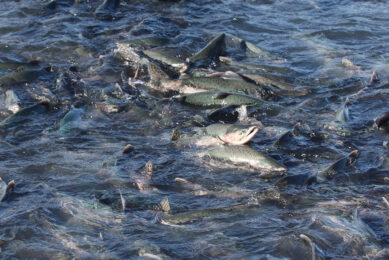
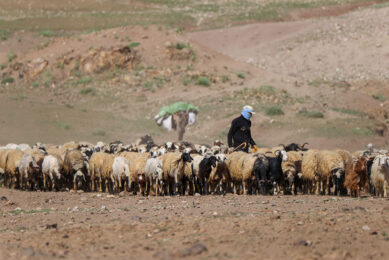
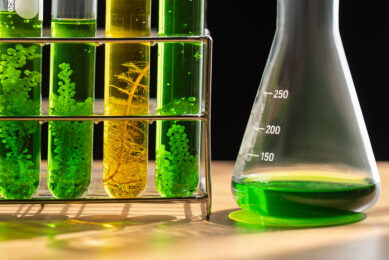
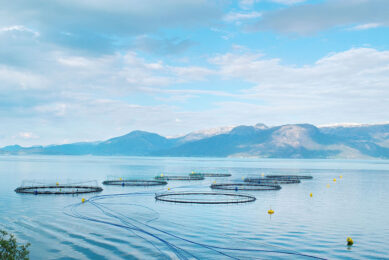




 WP Admin
WP Admin  Bewerk bericht
Bewerk bericht